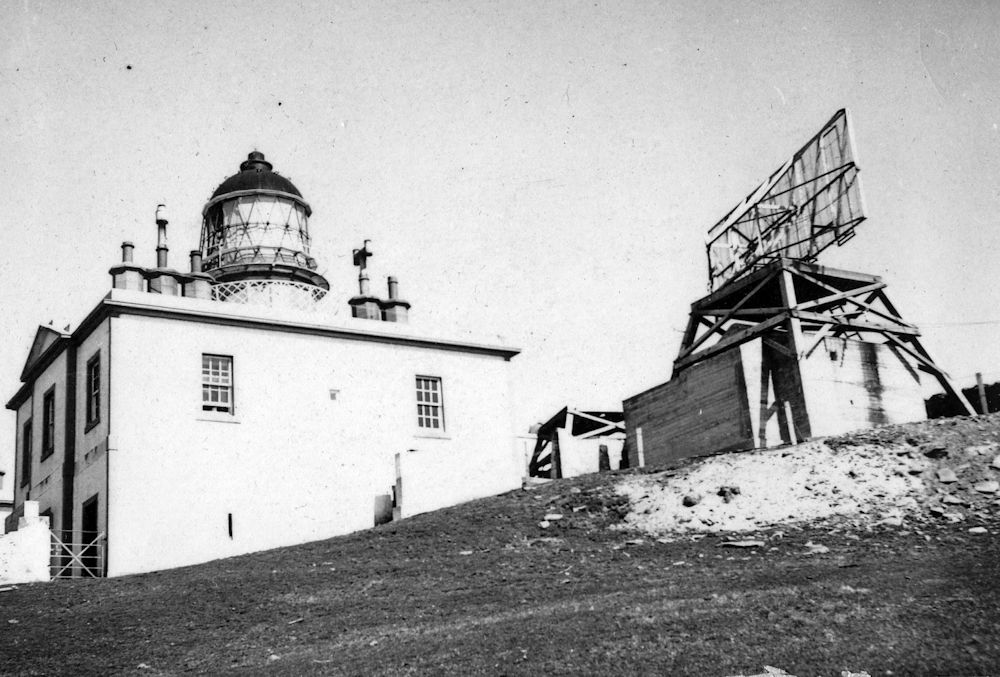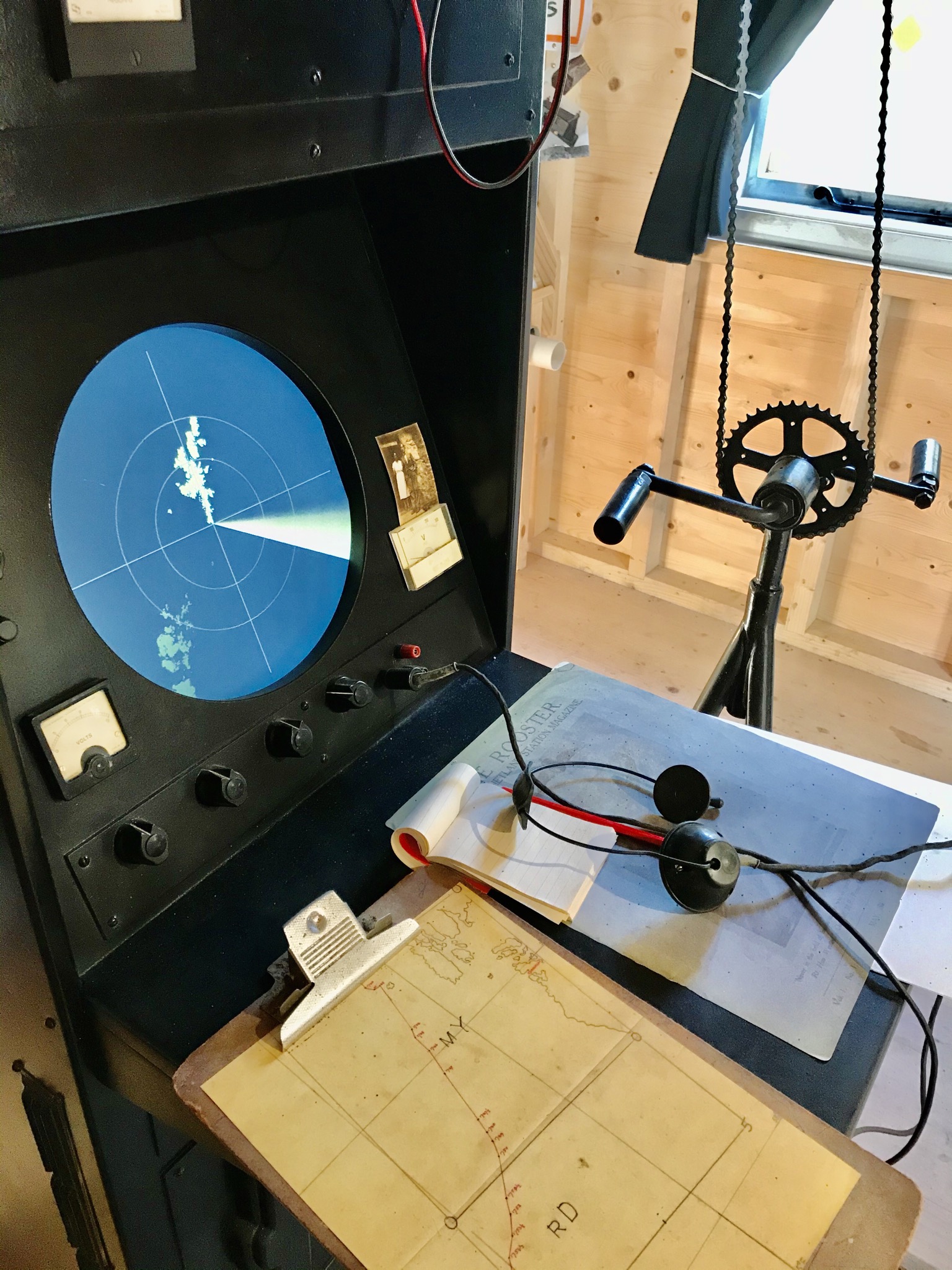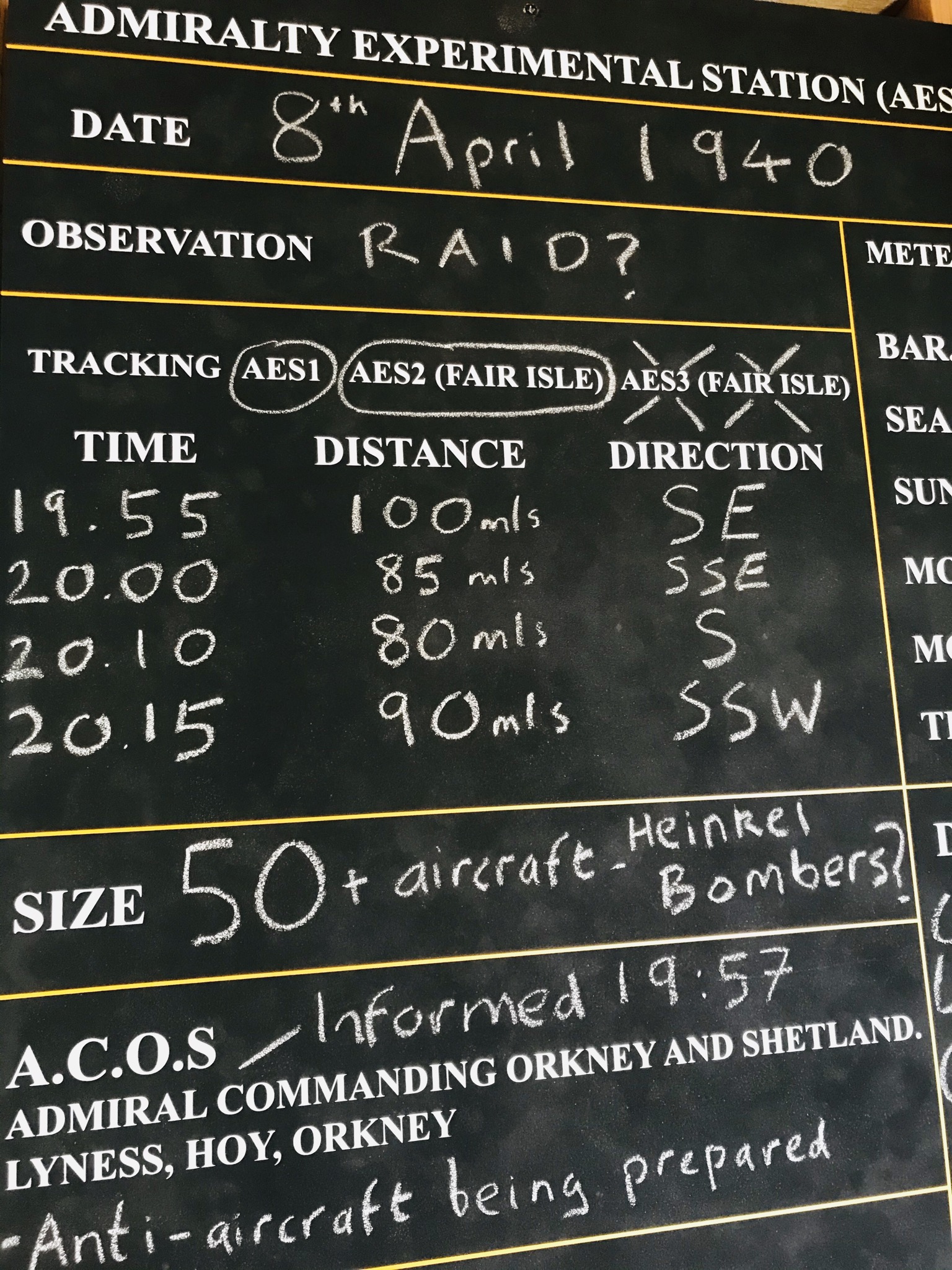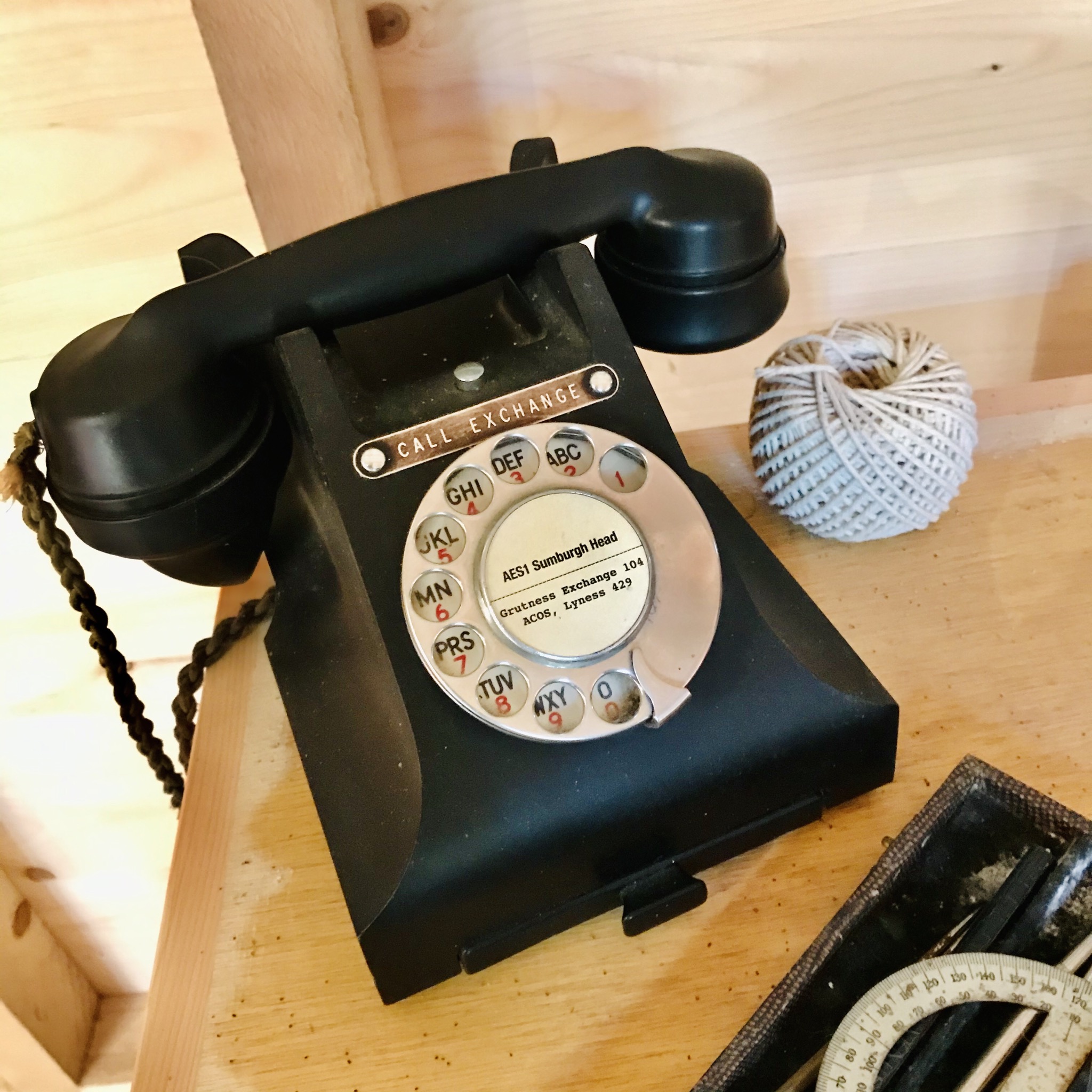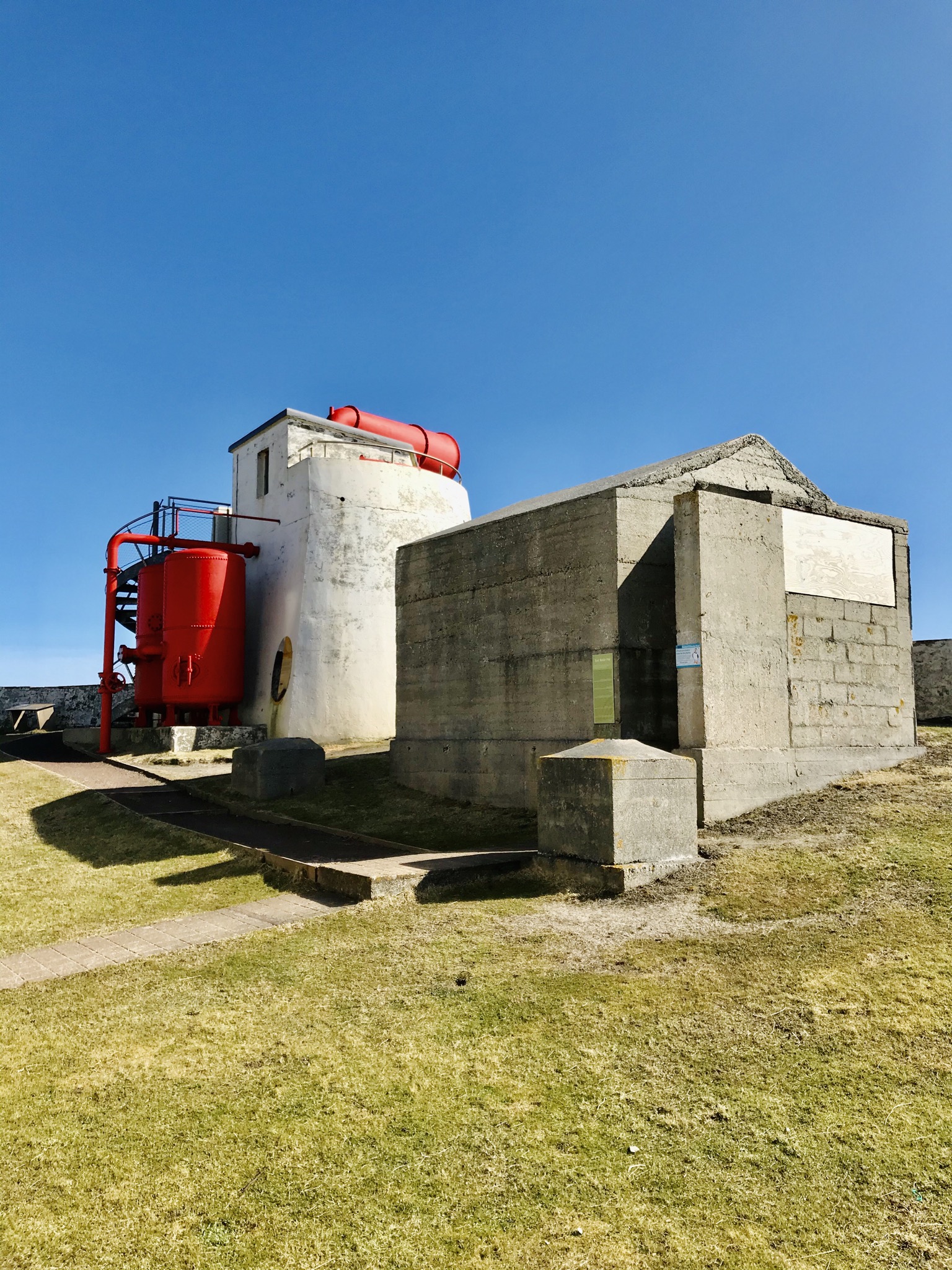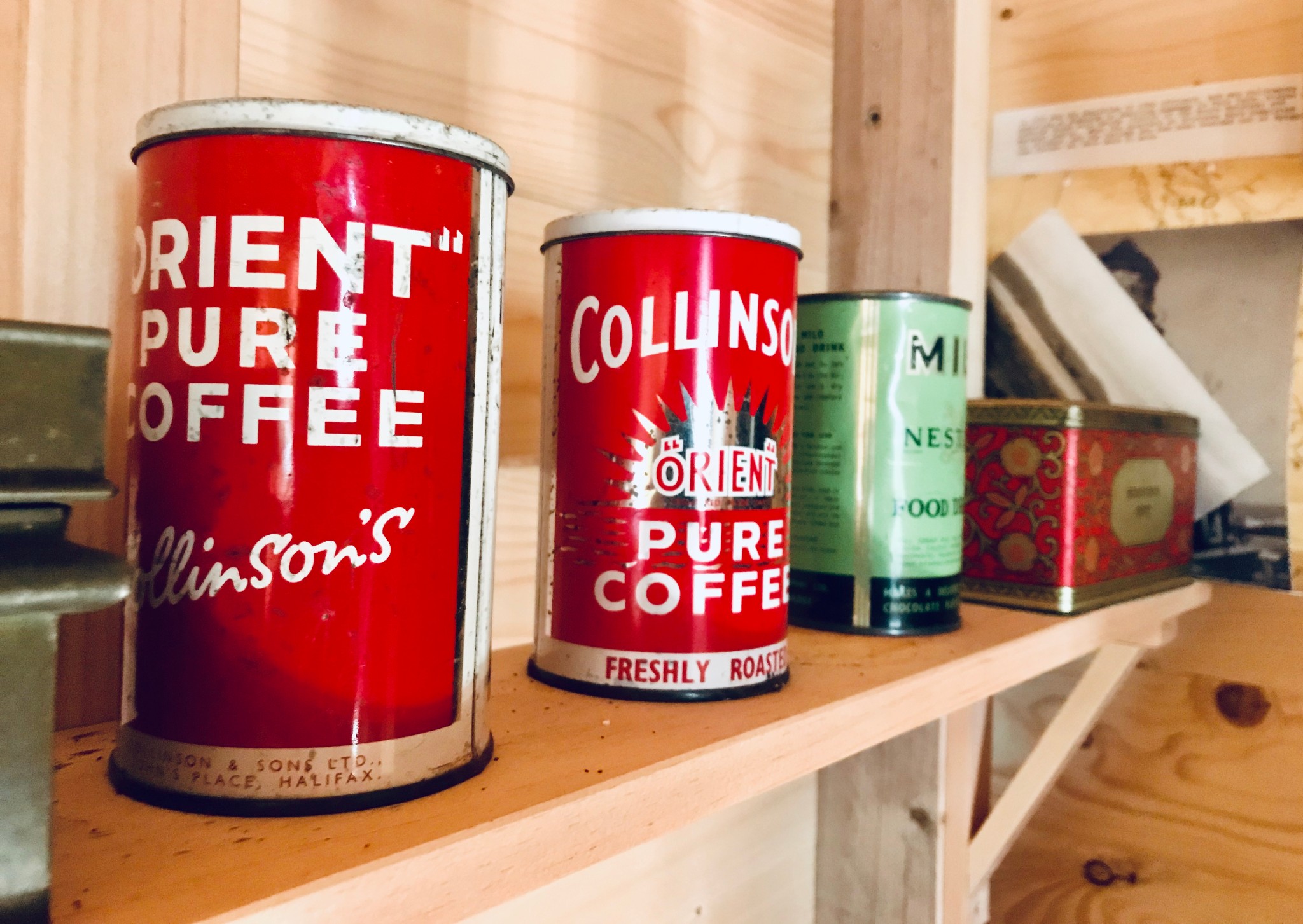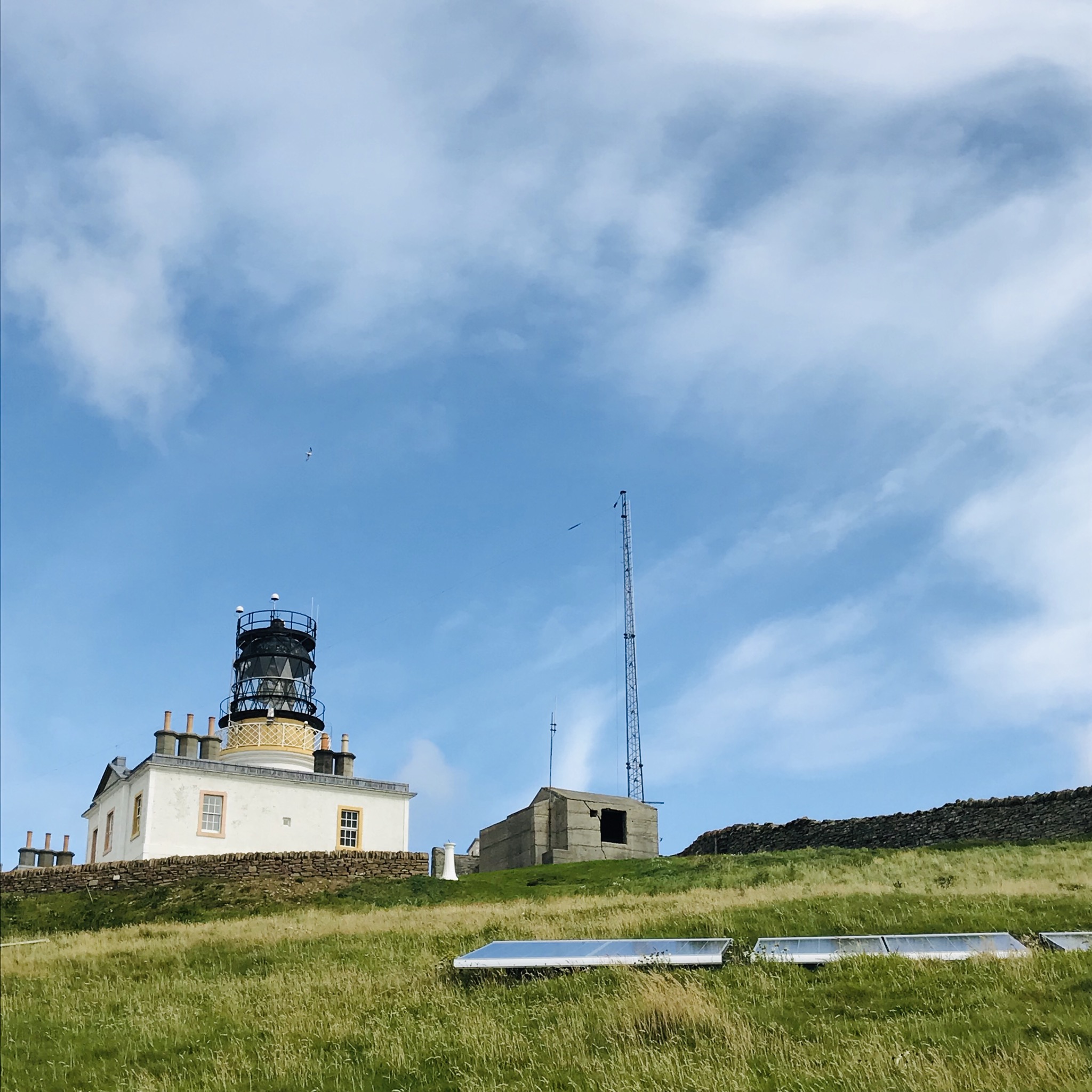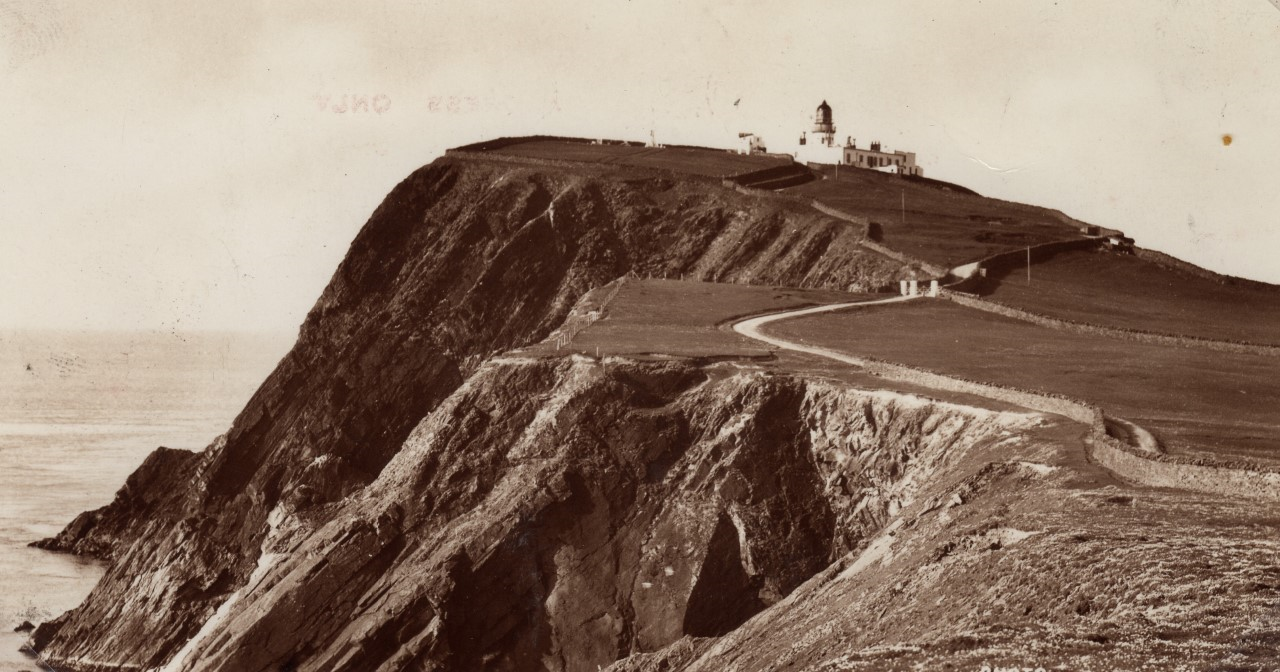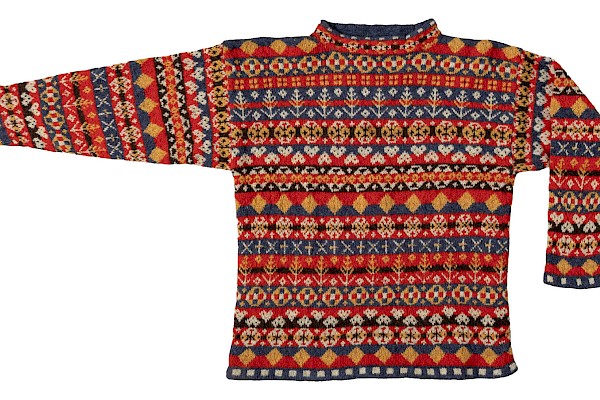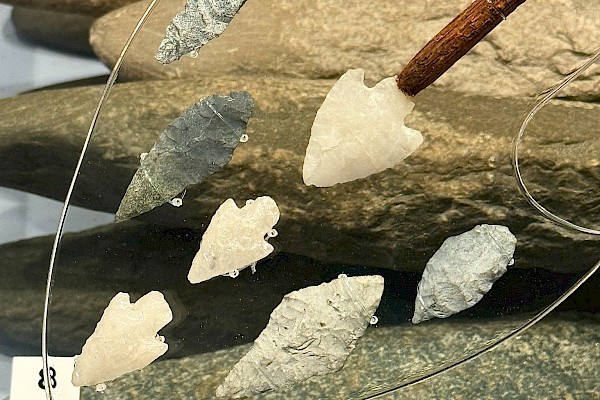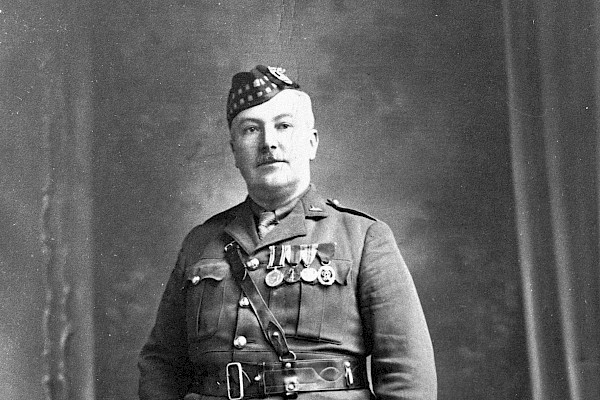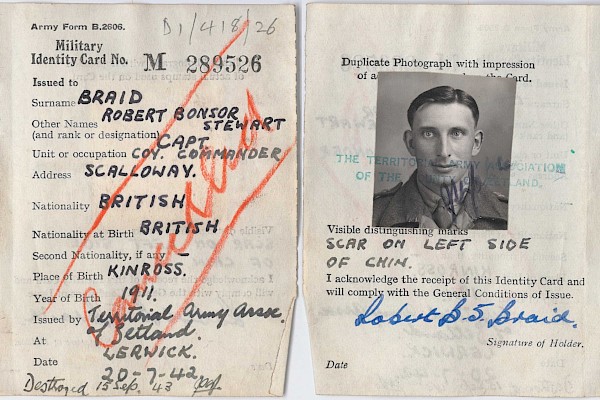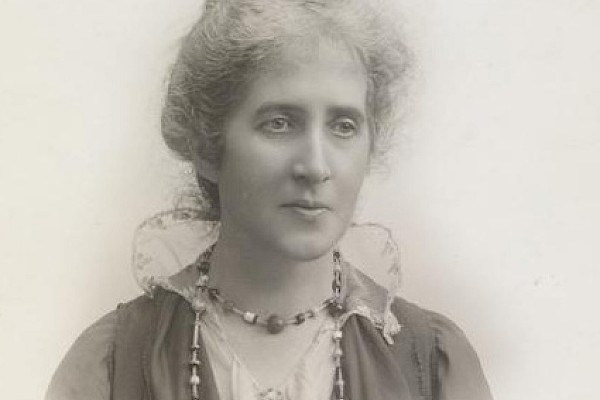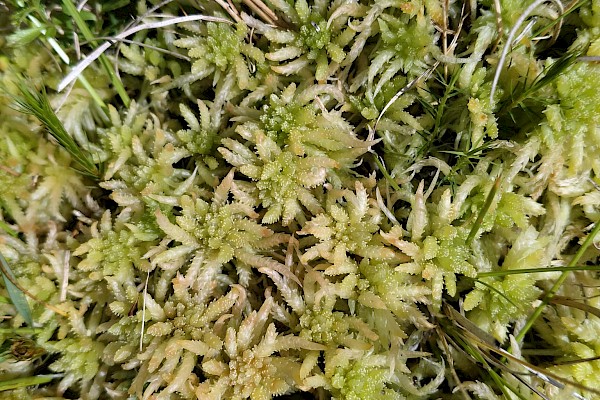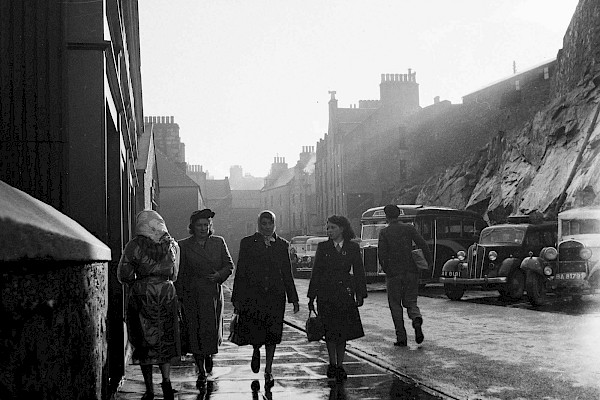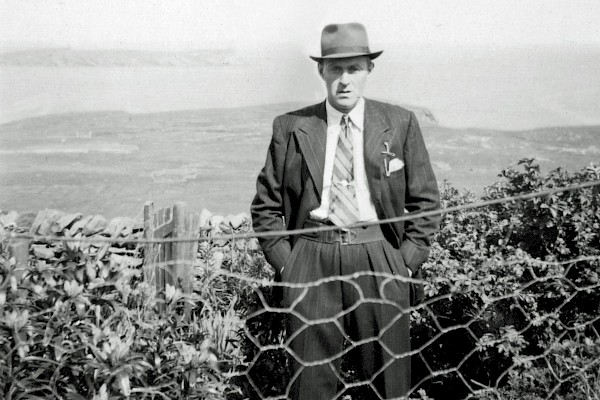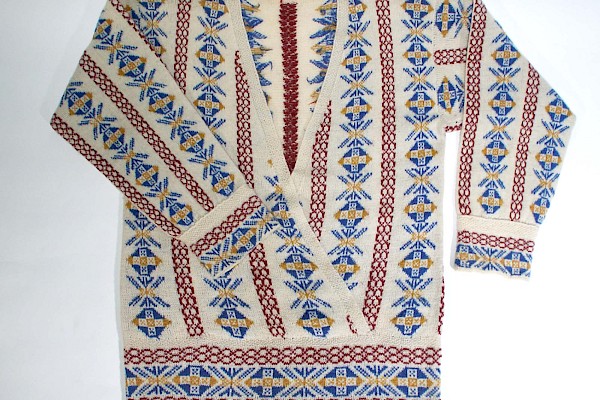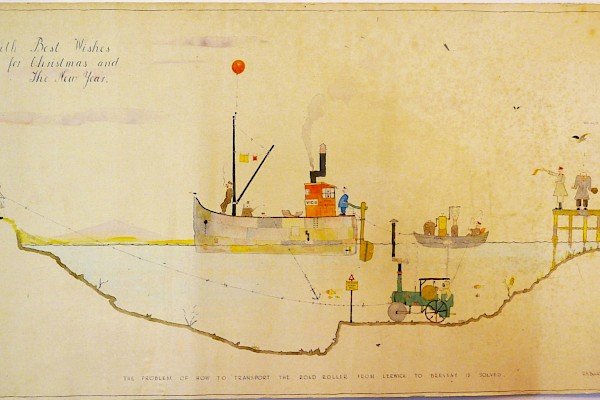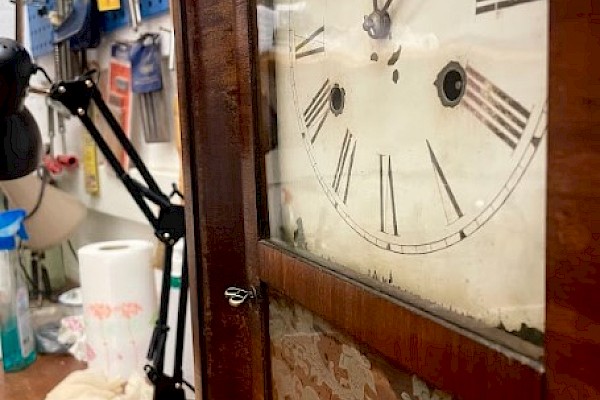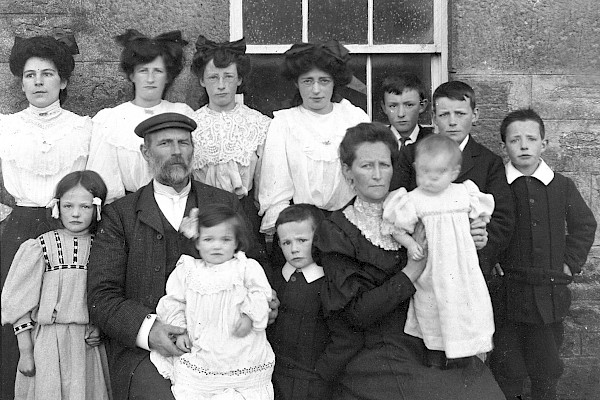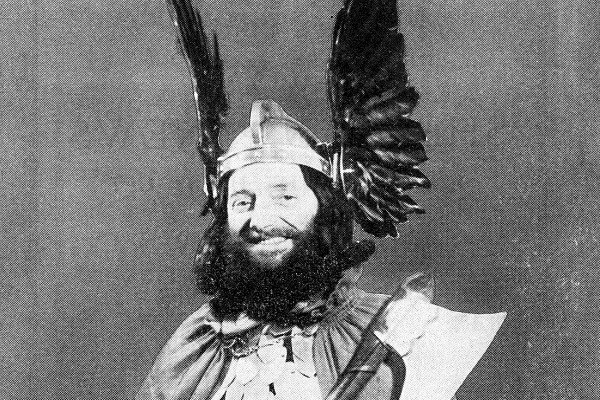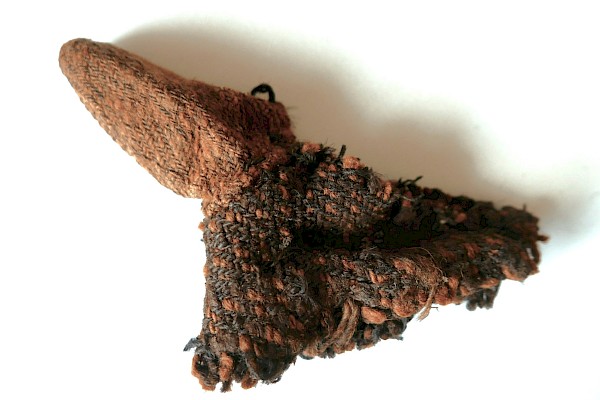80 Year Anniversary of the Radar Station that saved the British Home Fleet in Orkney during WW2
The significance of the Radar Station at Sumburgh Head cannot be overestimated. Exactly 80 years ago today this Station was instrumental in detecting and giving early warning of a large-scale attack on the British Home Fleet at anchor in Scapa Flow, Orkney.
The significance of the Radar Station at Sumburgh Head cannot be overestimated. Exactly 80 years ago today this Station was instrumental in detecting and giving early warning of a large-scale attack on the British Home Fleet at anchor in Scapa Flow, Orkney.
Named Admiralty Experimental Station 1 (AES1) this Station began permanent watch on 27th December 1939. It was tasked with plotting surfaced U-boats attempting to go from the North Sea into the North Atlantic, and it was also capable of detecting aircraft by transmitting and receiving radio waves.
William Groat was Principal Keeper at the time, and he was concerned to find his home and place of work overtaken by war. He wrote to his employers on more than one occasion, anxious that Sumburgh Head was ‘now a “Military Objective” and liable to be bombed at any time’ with ‘no protection for our Lightkeepers, Women and Children’. Both the Northern Lighthouse Board and Ministry of Shipping shared his concerns that lighthouses must not be used for belligerent purposes, but the Admiralty was resolute in its view that the presence of radar huts outside the lighthouse buildings did not affect the non-belligerent status of Sumburgh Head. They knew that enemy shipping and submarines used the North Sea as their preferred route into the North Atlantic making Shetland, and in particular Sumburgh Head an important base for the Royal Navy and Air Force.
Over the course of the next two years it became clear that William Groat was right to be concerned when Fair Isle, the location of AESII and AESIII was bombed on two separate occasions, killing the wife of the Assistant Keeper and the wife and daughter of the Principal Keeper at Fair Isle South.
On 8th April 1940, exactly 80 years ago today AES1 thwarted a surprise German Air Raid at Scapa Flow, Orkney. This was the eve of the German Invasion of Norway and Denmark and on this night, around 60 Luftwaffe bombers left Germany intent on the destruction of the British Home Fleet. George Clifford Evans was the Sub-Lieutenant in charge that night; he detected the raid approximately 100 miles SE of Sumburgh and provided a 25-minute warning of this attack to the Commanding Officer at Lyness, Hoy, on the western flank of Scapa Flow. As the planes continued to be tracked, Evans stepped outside on a clear starlit night and looking south, he witnessed a tremendous firework display in complete silence; this was the Scapa barrage repelling enemy attack. Eight minutes later the rumble and roar of those anti-aircraft guns could be heard in Lerwick, some 125 miles away and it was described at the time as the loudest continuous sound ever heard in the British Isles.
After the event, Evans wrote, ‘when we heard that no serious damage had been done, I told my crew that if the stations never made any other contribution to the war, we had already justified the entire enterprise’, clearly, they understood the significance of what they had achieved that night.
The restored World War II Transmitter Hut now forms part of the interpretation at Sumburgh Head, recreating the events of 80 years ago.
1.(Letter to Northern Lighthouse Board, dated 6 February 1940, The National Archives of Scotland)
With thanks to Michael Strachan, Collections Manager at Museum of Scottish Lighthouses, for fact checking our blog post.
